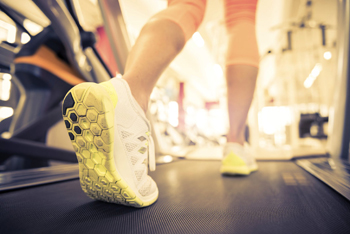Apr 26: Regular exercising has long been linked to good health. It is probably one of the most inexpensive ways to stay fit. Whether you are pressed on time, or simply can’t seem to muster courage to hit the gym, a short walk to the bus station or your nearby grocery store will always help you reap a bevy of health benefits. A recently conducted research suggests walking especially beneficial for the aged.
 According to the study presented at the American Physiological Society, while walking pressure waves are sent through the arteries. This can significantly modify and increase the supply of blood to the brain, especially in the elderly. Our brain needs regular oxygen supply and essential nutrients via blood. Another study published in the journal Open Science last year explained the evolution of human intelligence to be closely linked to the supply of blood to the brain.
According to the study presented at the American Physiological Society, while walking pressure waves are sent through the arteries. This can significantly modify and increase the supply of blood to the brain, especially in the elderly. Our brain needs regular oxygen supply and essential nutrients via blood. Another study published in the journal Open Science last year explained the evolution of human intelligence to be closely linked to the supply of blood to the brain.
"New data now strongly suggest that brain blood flow is very dynamic and depends directly on cyclic aortic pressures that interact with retrograde pressure pulses from foot impacts," the researchers noted.
Experts at New Mexico Highlands University used an ultrasound technique to measure hemispheric cerebral blood flow to both sides of the brain. Twelve healthy young adults were exposed to non-invasive ultrasound while standing upright, at rest and during steady walking. The researchers found that though there is lighter foot impact associated with walking compared with running, walking still produces large pressure waves in the body that significantly increase blood flow to the brain.
While the effects of walking on CBF were less dramatic than those caused by running, they were greater than the effects seen during cycling which involves no foot impact at all.
In a separate study published last year in the journal Open Science, a team of researchers from Australia and South Africa showed that the evolution of human intelligence was not simply related to the size of the brain -- but rather linked more closely to the supply of blood to the brain.





Comments
Add new comment